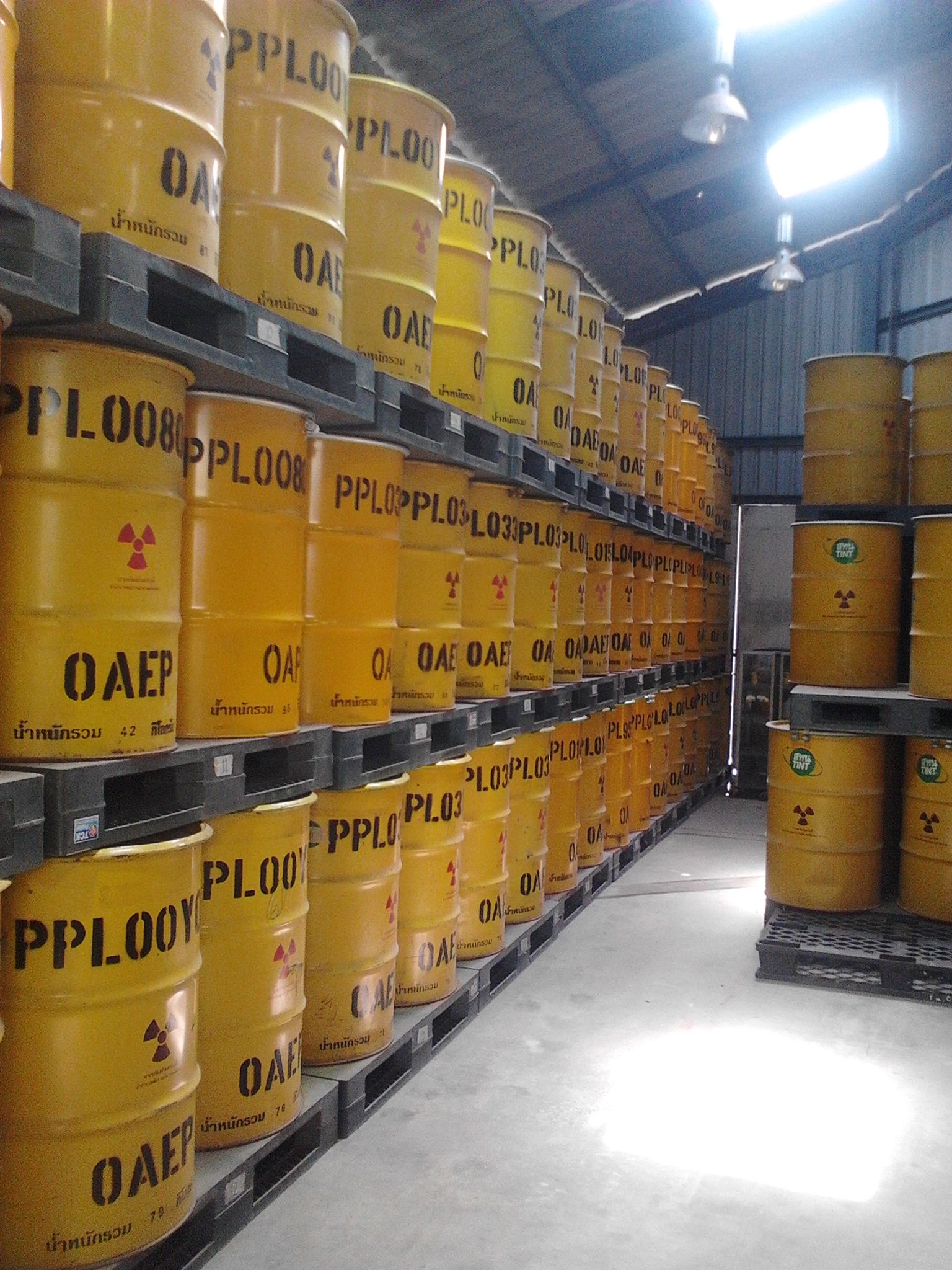IAEA Collaborates on Innovative Safeguards for Nuclear Waste Disposal in Finland
Courtney Ames, an IAEA Nuclear Safeguards Inspector, highlights the need for novel techniques to verify spent fuel integrity and facility usage.

As nations seek sustainable energy sources amid climate change concerns, several countries are advancing nuclear power programs, necessitating responsible management of high-level radioactive waste. Finland's Encapsulation Plant (EP) and Deep Geological Repository (DGR) exemplify this effort, presenting both challenges and opportunities for nuclear safeguards.
Marko Hämäläinen, from Finland's Radiation and Nuclear Safety Authority (STUK), underscores their commitment to international non-proliferation obligations through effective collaboration with the International Atomic Energy Agency (IAEA). The EP and DGR, designed to securely store spent nuclear fuel, pose unique challenges for IAEA safeguards inspectors due to their remote and long-term nature.
Courtney Ames, an IAEA Nuclear Safeguards Inspector, highlights the need for novel techniques to verify spent fuel integrity and facility usage. Collaboration with the European Commission and STUK is vital for developing and testing verification technologies, ensuring compliance with safeguards requirements.
The Encapsulation Plant and Geological Repository (EPGR) project, initiated by the IAEA in 2012, focuses on implementing safeguards by design (SBD) principles. By integrating safeguards considerations throughout the facility's lifecycle, SBD minimizes operational disruptions while enhancing verification efficiency.
Remote monitoring systems and innovative technologies like seismic monitoring and laser-based containment systems offer further safeguards enhancements. These systems reduce the need for in-field inspections, minimizing carbon emissions and improving operational sustainability.
By 2025, Finland's EP and DGR facilities will be fully operational, providing a solution for safe nuclear waste disposal while supporting low-carbon energy transition. Through collaboration and innovation, the IAEA, European Commission, and STUK ensure effective safeguards implementation, facilitating the transition to sustainable nuclear power while meeting non-proliferation commitments.
- READ MORE ON:
- Encapsulation Plant
- IAEA
- Finland
- Deep Geological Repository










